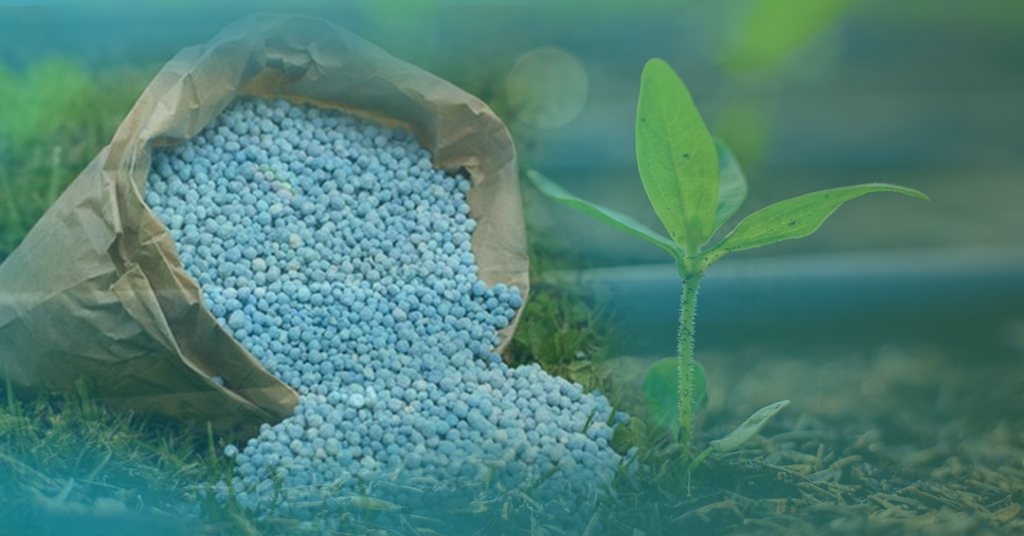Di Ammonium Phosphate Price Increases as Kharif Season Demand Strengthens
- 16-Jun-2022 4:41 PM
- Journalist: Jai Sen
New Delhi: India, the world's largest consumer of Urea and Diammonium Phosphate (DAP), has been adversely affected by a dramatic increase in the price of fertilizers due to supply delays, increasingly expensive raw materials, higher freight costs, and decreased availability due to US sanctions on exporters Russia and Belarus.
After learning of widespread urea diversion—a crucial agricultural nutrient in limited supply worldwide—the department of fertilizers established "crack squads" that have been keeping an eye on the domestic fertilizer movement for more than a month.
Last year, a global supply-chain squeeze and rising prices impacted fertilizer availability in the country, causing cultivators in states like Punjab, Haryana, and Madhya Pradesh to scramble for crop nutrients.
This year's fertilizer prices are expected to remain high due to the shortage. To meet domestic demand, India imports up to a third of its fertilizers and provides large subsidies to fertilizer companies that sell them to farmers at below-market prices.
In Haryana, Kerala, Rajasthan, Telangana, Gujarat, and Uttar Pradesh, the department of fertilizers worked with revenue officials and police to target 52 units. The units defrauded the government by purchasing low-cost urea stockpiles intended for farmers, repackaging them as industrial-grade urea, and selling them as industrial raw materials at a significant profit.
After urea, Di-Ammonium Phosphate is the most widely used fertilizer in the country (Diammonium Phosphate). It contains both Nitrogen and Phosphorus, which are essential macronutrients. It is used right before or at the beginning of the sowing process. DAP is composed of 18% Nitrogen and 46% Phosphorus. A rise in the cost of the raw materials used to make fertilizers.
As a result of logistical issues, global prices have risen. The production target is impacted due to a lack of raw materials. Increase retail prices by a significant amount. It is expected to boost logistics to obtain supply (Ports to the consumption centres).
The price of Diammonium Phosphate remained stable since last 2 weeks. At this time, Diammonium pending orders are nearing completion, the focus has shifted to export, and export orders have increased. Raw materials prices are on the higher side and thus pressurizing the producers, owing to low-cost support and a strong Diammonium market.
As per ChemAnalyst, “India relies mainly on other countries to supply its fertilizer needs, importing over a quarter of its total demand and 100% of its potash and phosphate requirements. While Covid raised fertilizer prices significantly on the international market, the Russia-Ukraine conflict has worsened the situation. Increased pricing is due to rising gas prices and a scarcity of necessary raw materials and finished goods.”



